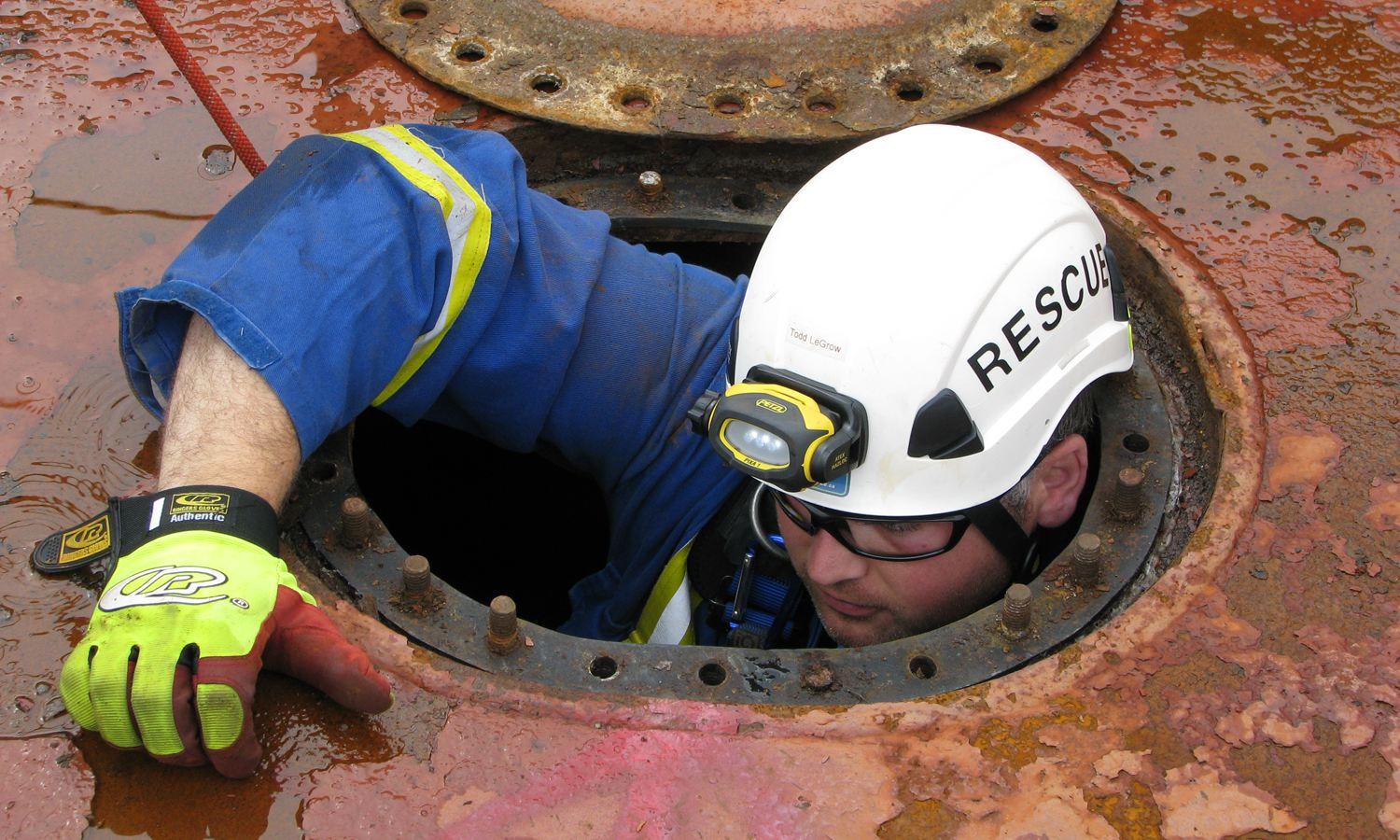OSHA defines a restricted space across 3 standards:
(1) a region big enough to completely enter or execute specific tasks,
(2) has limited or restricted way of entry or exit (e.g portals, hatches, manholes, ladders, spiral staircase and crawl spaces or lengthy distance to depart ); and
(3) Not intended for continuous occupancy. Common work done in restricted spaces include maintenance, inspection, cleaning and repair.
A permit-required restricted space also called a”permit space” includes or has the capacity to contain a hazardous atmosphere or some other serious safety or health risks. It’s characterized as a high risk office and requires regulatory licenses and rigorous entry and security processes.
Statistics show an average of 90 people die annually when working in restricted spaces from the United States independently. The majority of these episodes are brought on by asphyxiation or oxygen deficiency because of the existence of lethal gases while doing specific tasks.
Detailed security procedures have to be completely conducted to make sure all entrants will be provided sufficient protection whilst doing their job within the confined space or Confined Space Course Training. Additionally, companies are responsible for teaching and strengthening their employees about security rules.
This guide can allow you to realiSe the risks of confined spaces and how to be secure when working within them. You could also browse our completely free group of iAuditor limited space safety checklists to help streamline your review procedure and go ahead.
What Are Confined Space Hazards ?
The most important hazard when working in a restricted area is the mortal air because of the existence of carbon monoxide,hydrogen sulphide and methane gas which can result in oxygen lack or asphyxiation.
Outside the restricted area, 21 percent oxygen required to maintain life. Oxygen in restricted spaces will go low. It may be employed by fungal, fungal growth and slime. Other gas can enter the restricted area and displace the air. Operations like heating will absorb oxygen. If oxygen is decreased to 12 to 16 per cent, employees increase heartbeat and respiration and expertise loss of communicating. If the oxygen reduces to 6 to 10 per cent, they may experience nausea, vomiting, loss of consciousness and even death.
Other frequent confined space hazards consist of unguarded machines, exposed live wires and heat pressure.
Safety Tips for Working in Confined Spaces
Confined spaces, especially allow spaces must be places only available by trained professionals.
- Area has to be free of dangers — Prior to entering a confined space, make sure it has a license before entrance and the place is free of harmful substances and substances.
- Evaluation the air — A trained employee must run a collection of air tests (hydrogen, oxygen and volatile gas evaluations ) that have to be listed or contained on the work license. Ensure that your fan is secure and grounded. Additionally, test the air as far as you can. If the air is within limits, then it’s encouraged to loosen again.
- View another — If somebody is operating on a restricted area, always make sure a workaround watch that will phone rescue teams for crises or is competent and equipped to run a rescue.
